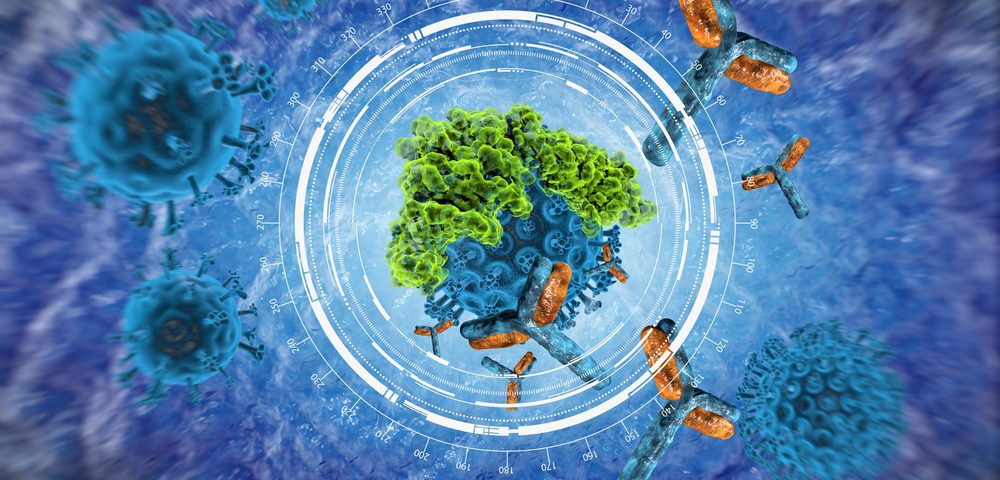Two new studies have shed light on the mechanisms through which a specific enzyme called EZH2 participates in cancer progression, particularly breast cancer and lymphoma, which may lead to the development of new therapeutic strategies for cancers associated with EZH2 functions.
The study, “EZH2 phosphorylation by JAK3 mediates a switch to non-canonical function in natural killer/T-cell lymphoma,” showing how EZH2 participates in lymphoma development, was published in Blood, and developed by researchers at the Cancer Science Institute of Singapore (CSI Singapore) at the National University of Singapore.
EZH2 is part of a the polycomb repressive complex 2 (PRC2) which in turn is involved in a variety of cancers. Although PCR2 and EZH2 have been shown to exert a protective role against tumor formation, they are commonly overexpressed in a variety of human malignancies that promote cancer, suggesting they may have paradoxical roles. However, how these roles were regulated was still unknown.
The researchers found that in a rare lymphoma called natural killer/T-cell lymphoma, EZH2 activity was controlled by a protein called JAK3. When EZH2 is phosphorylated (a type of protein modification) by JAK3, it dissociates from the PRC2 complex and promotes cancer cell proliferation in a non-catalytic manner (without the need of a catalyst or trigger). Enzymatic actions may be catalytic or non-catalytic, depending on whether there is the intervention of a catalyst.
Given that JAK3 is often mutated and activated in natural killer/T-cell lymphoma, these findings suggest that EZH2 has a predominant non-catalytic activity in this type of lymphoma, said Prof. Wee Joo Chng, co-corresponding author of the study and director of the CSI Singapore.
“Our study also suggests that various oncogenic mutations may modify the function of EZH2, explaining the complex roles of EZH2 in cancer,” he said.
In a parallel study, published in PNAS, researchers at A*STAR’s Genome Institute of Singapore described how EZH2 is involved in breast cancer, showing that the tumor hypoxic environment leads to EZH2 engagement with another tumor-promoting gene, FoxM1, also promoting breast cancer invasion in a non-catalytic manner.
These findings support the idea that using EZH2 catalityc inhibitors, which are currently under clinical development, may not be the best treatment option in EZH2-related cancers, at least those in which the non-catalytic activity of EZH2 is involved.
“Moving forward, a biomarker strategy might be needed to ensure appropriate application of EZH2 inhibitors,” Chng said. “This will help to identify tumors where EZH2 requires its catalytic activity or actually acting through non-catalytic function. At the same time, we need to develop therapies that can target the non-catalytic function of EZH2.”


